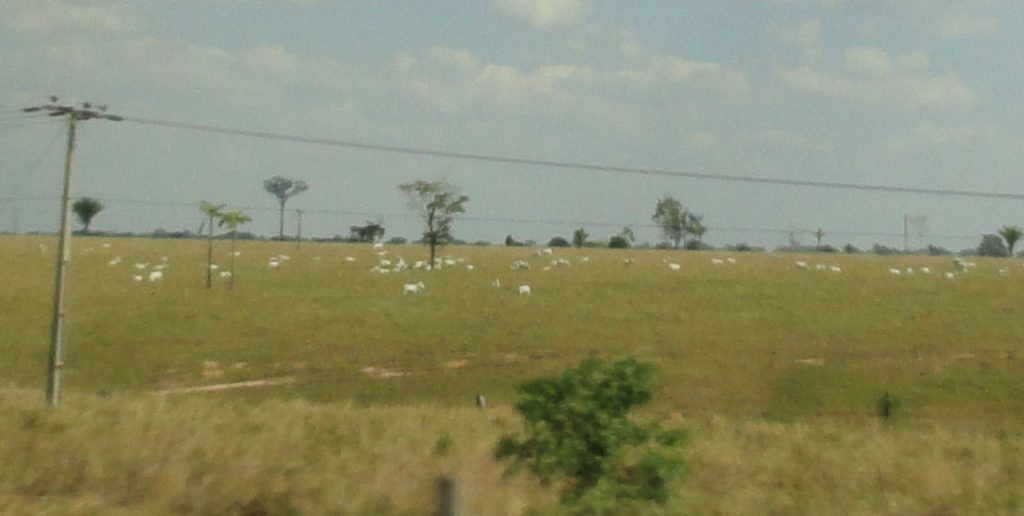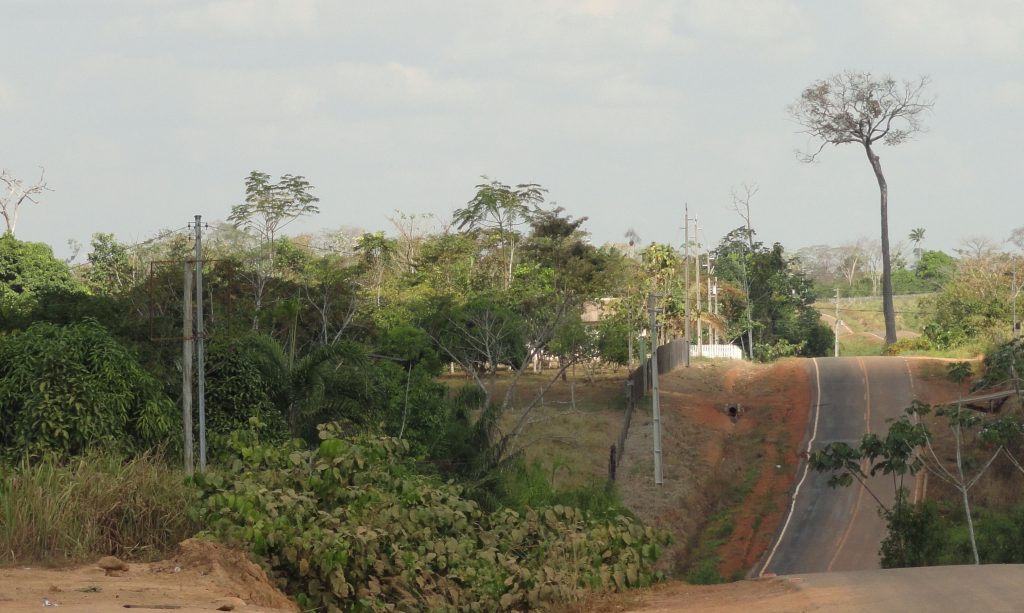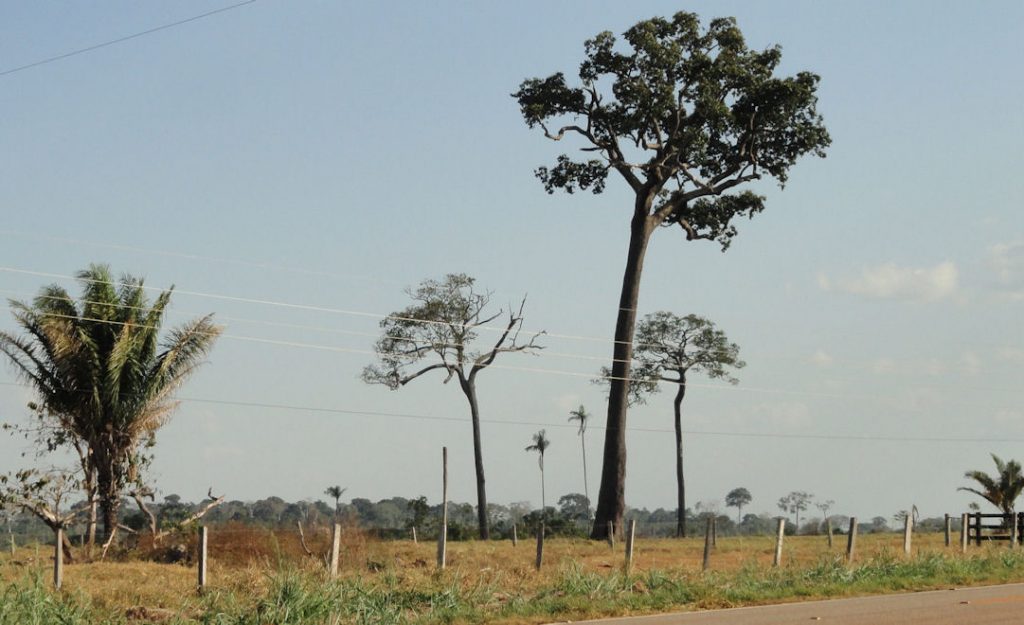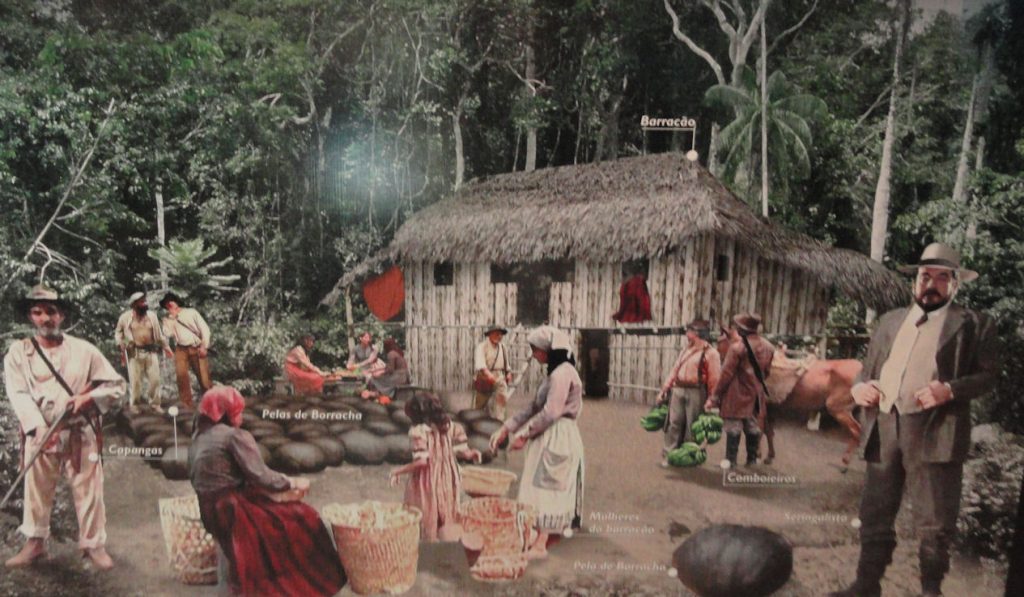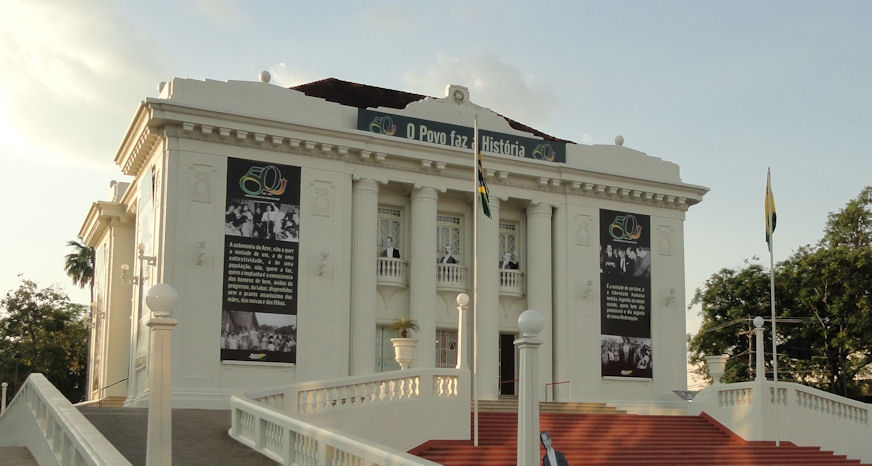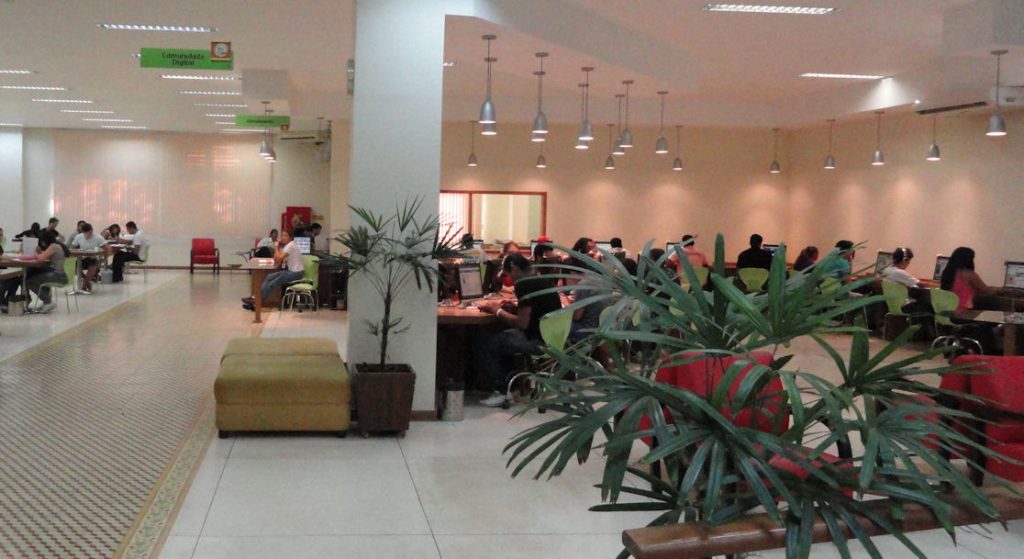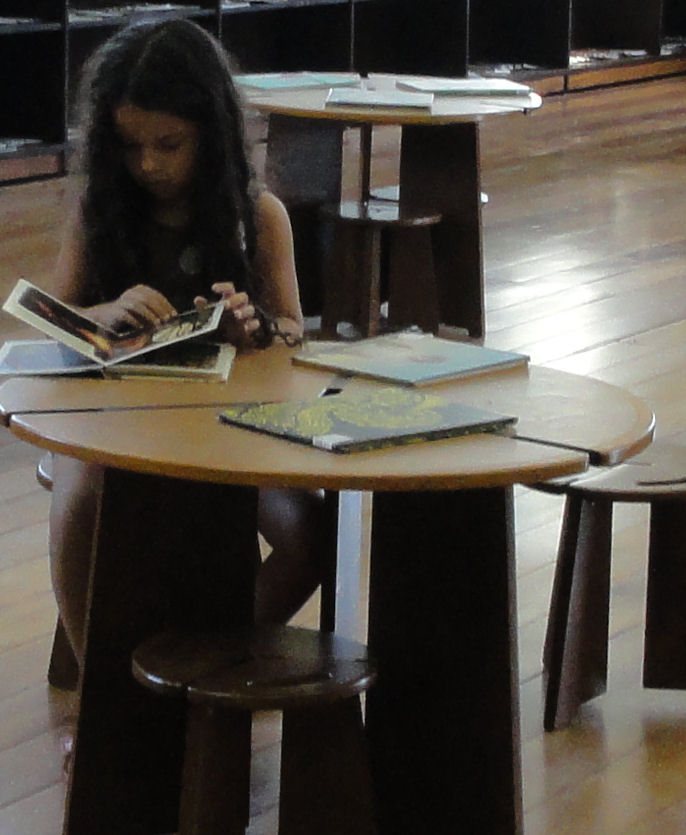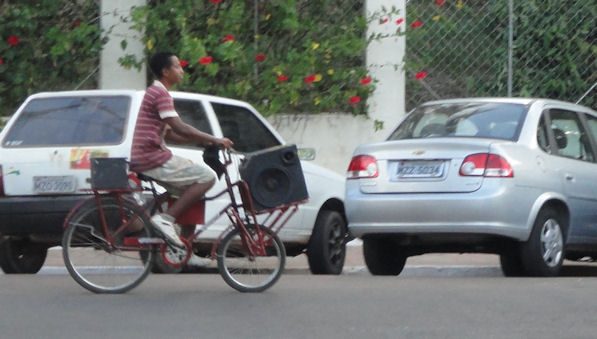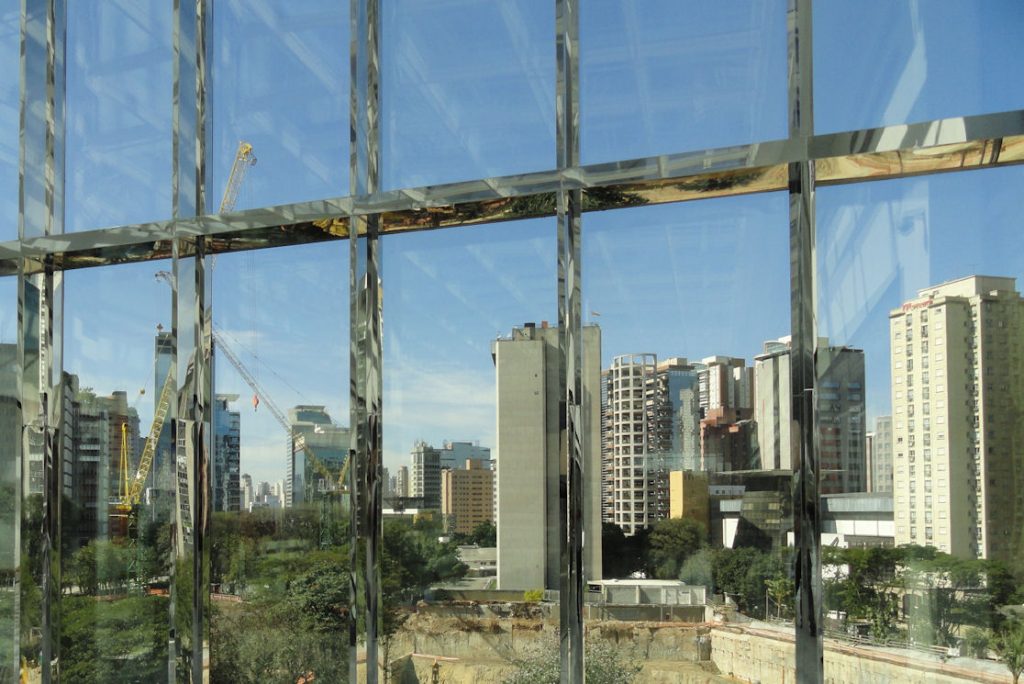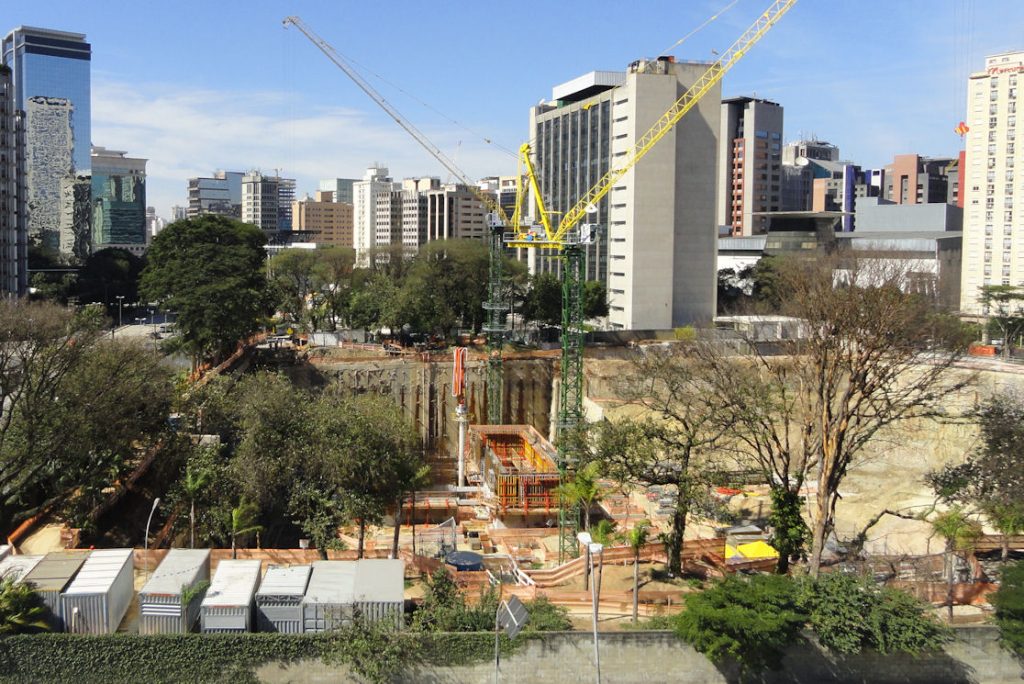It is also probably because it is so far from most of the rest of the country. There was a lot of violence in the forests of Acre a few years ago and there still is some. Most of the conflict was between cattle ranchers and rubber tappers. Cattle and rubber don’t mix.
Rubber tappers depend on the forest for survival. Most of their job consists of walking between widely spaced robber trees, cutting slits in the bark and then collecting the latex. The trees grow wild and must be widely spaced because of a persistent blight that spreads among trees that are close together. Rubber in the Amazon used to be a very lucrative business and there were many millions made in the rubber trade until an English adventurer smuggled seeds of the rubber trees to England. The English grew some trees in Kew Gardens and planted them in what was then British Malaya, mostly in Borneo. The climate was similar to the Amazon, but there was a big difference – there was no blight in Malaya, so the Brits were able to plant the trees close together in easily tended rows. The Brazilian rubber tapper needed to walk all day to tap a few trees. In Malaya the same work could be done in minutes. There was no way that the Brazilian rubber tappers could compete with the Malayan plantations, so about thirty years after the seeds were smuggled from Brazil, the Brazilian rubber industry collapsed.
Some people still tapped rubber, mostly because they had no other options, but life was harder. Not that life was ever easy. Even in the boom years, rubber tappers made little money. They were part of a company system. They worked for a landowner and usually had to buy their necessities on credit in the company store. They were extended credit there, but prices were high. After a year of hard work tapping rubber, they usually owed money to the company. It was impossible for most to get out from under this debt load. Few of the rubber tappers could even read or write. They lacked to tools to figure out how to improve their conditions, even if it would have been possible.
People were still tapping rubber in the 1970s when there was a push to develop cattle ranching in the Amazon, encouraged by the development dreams of the military government. Outsiders bought thousands of acres of land for almost nothing. They often didn’t bother to mark the boundaries. Instead they just flew over the land looking for general features or even just counting the kilometers. From the height, they could probably see the houses of the rubber tappers, but that was of no consequence since these guys didn’t have title to the land.
In the Amazon in Acre, it takes around 300 hectares to support one rubber tapper. This is because the trees are widely spaced and they cannot be over tapped or they die. Each tapper needs three trails and makes looks alternatively. A cattle ranching doesn’t really need any trees at all. In fact, trees get in the way of ranching. They shade out the grass that the cattle eat. Furthermore, the new landowners had several incentives to clear the forests beyond the cattle. For one thing, the wood was valuable. You could more than recover that price of the land by cutting trees and selling timber. In fact, the timber was essentially free and the only costs involved were those of cutting and moving the product. Also important was land title. Land title was a question. One way you proved that you were the owner was to “improve” the land. This usually meant clearing off the trees and producing pasture for cattle or fields from crops. So after you bought the land, it was in your best interests to get to work sawing as fast as you could. More likely, you would hire some former rubber tappers to run the chain saws.
Rubber tappers seemed to be outclassed. Besides their lack of basic education, it was very difficult for them to organize for any kind of cooperative effort. Their work was solitary and kept them busy and spread out over vast acreages. They were also in competition to sell their latex and often distrustful of each other because of the possibility that they could encroach on each other’s territories. This latter problem was exacerbated by the fact that some were on the payroll of landowners to keep an eye on others to prevent encroachment. They all recognized the threat that deforestation posed to their lifestyles, but didn’t know what to do.
There is some disagreement about whether or not to call rubber tappers by the term ecologists. They wanted to save the forests, but not for any of abstract reasons. They wanted to save the forest for the practical reason that is where they lived and worked. On the other hand, you could argue that they were so deeply ecologists that the term was made for them. The word ecology comes from a Greek work – “οἶκος” – which means household. Ecology really means the study of our home. For the rubber tappers, the forest was their home on the very basic level. At first, the rubber tapper leaders rejected the connection with ecologists, but soon learned that their goals coincided with those of the environmentalists and that they could be allies.
Perhaps the resident of Acre best known in the wider world is Chico Mendez. He was a leader of the rubber tappers. He tried to organize them, but his initial motivation was not ecology. He was more on the order of a labor organizer trying to organize farm workers. But in this case, the farm was the forest and the workers wanted to preserve it and thus also preserve their way of life. Chico Mendez was murdered in 1988. His death was part of a too-common occurrence in the woods, but because of his wider-world reputation, his death was noticed more than the hundreds of others. He became a symbol and a martyr for the cause of forest preservation, so much so that many people outside Brazil – and lots of them inside too – are unaware of his connection with organizing rubber tappers. His death had meaning that resonated and it proved a catalyst for greater forest protection in Acre and in Brazil.
Deforestation didn’t stop, but Chico Mendez became a focus for otherwise unfocused efforts to slow it down. This is one of his legacies, to recognize the value of traditional and overall sustainable forms of use of nature. He broadened the definition. Before Chico Mendez’s death, people like rubber tappers of traditional fishermen or hunters were often not included in the “traditional” category if they were not indigenous people. After, the category of traditional producers began to be applied to people like them too.
This is not ancient history, although it seems a long time ago. Many of the people who knew and worked with Chico Mendez are still active today. I had breakfast with one of his associates, who wrote a book about Chico Mendez. It was from him that I got much of the information I used above.
Today Acre is one of Brazil’s leaders in forest preservation, natural restoration and valuing traditional lifestyles. Kids learn about the environment as part of their school work. The State of Acre is trying hard to portray itself as the state that most values the environment. Whether or not this would have happened anyway is an open question, but I think not or at least not as quickly. You cannot miss the homage to Chico Mendez all around Acre. Defenders of nature have embraced him as a symbol. It is clear to me that he did with his death help save the forests that he loved.
There is a kind of coda to this story. The price of latex was low, which was driving many rubber tappers out of business and encouraging forest clearance. In order to encourage the rubber industry, the Brazilian government opened a condom factory in Xapuri. They use local latex and the Brazilian government buys all the condoms the place can produce for its public health program. In Portuguese condoms are called “preservatios”. This always causes some embarrassment in Portuguese language classes, since most English speakers think this means some kind of canned products. But it is fitting the preservativos help preserve the forest. I guess the slogan now is safe sex saves the rainforest. There is also a similar rubber factory near Manaus, which I wrote about before.
